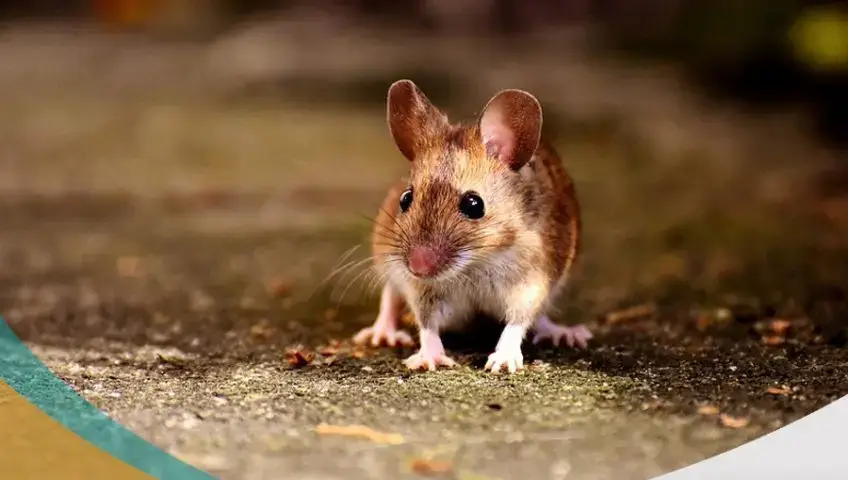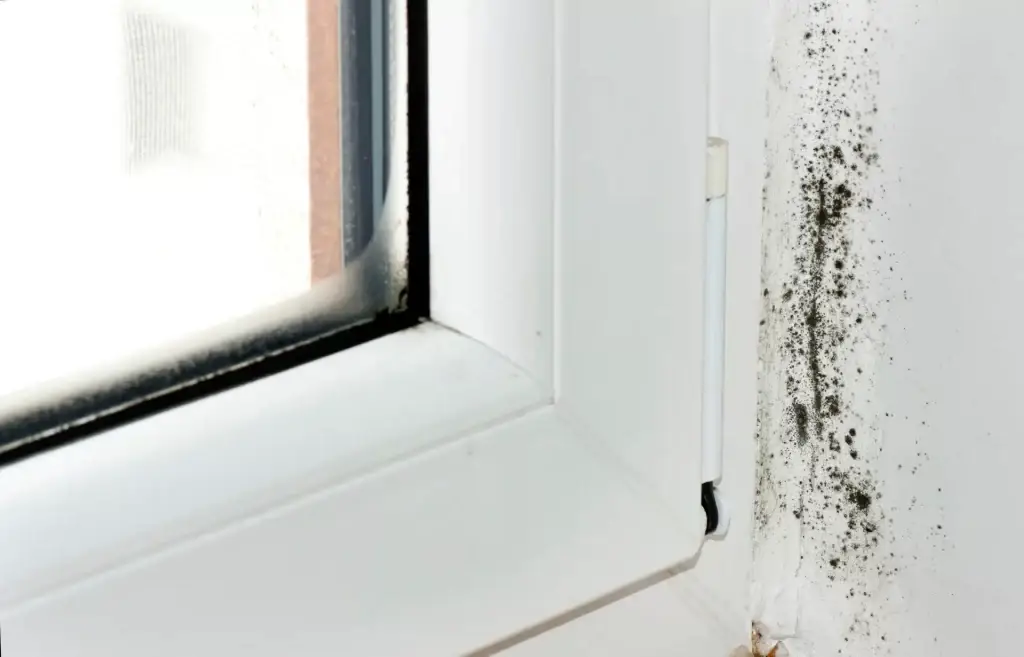Flooded Basement Repair Colorado
Call ECOS Environmental 24/7 at (970) 925-3267
Hantavirus Cleaning: Severity & Precautions

Hantavirus Cleaning: Severity & Precautions
The hantavirus is a virus typically carried by rodents. It is found in the white-footed mouse, cotton rat, rice rat and deer mouse. Of these, the deer mouse is perhaps the most common carrier of hantavirus. Deer mice excrete hantavirus in their droppings, urine, and saliva and people most usually contract the virus when these materials are stirred up, making it airborne.
Persons can get exposed to hantavirus by breathing contaminated dust post cleaning or disturbing rodent droppings and nests. They can also contract the virus by working and living in rodent-infested settings. It commonly leads to Hantavirus Pulmonary Syndrome (HPS). HPS is essentially an infectious disease with flu-like symptoms that can advance rapidly to potentially severe breathing problems.
The Centers for Disease Control and Prevention (CDC) report gives us reason to worry. As of January 2017, there were a total of 728 cases of Hantavirus infection reported in the United States. It included people with medically confirmed hantavirus infection with either HPS or non-pulmonary hantavirus infection. Out of these statistics, from 1993 onward, 697 cases occurred after the first identification of HPS. The remaining 31 cases were identified retrospectively. Notably, 36% of all reported HPS cases claimed lives.
As a resident of Colorado, you want to especially look out as the diagnosis of a Denver resident with hantavirus was reported on March 6, 2018 in The Denver Post. Though the disease is usually found in rural and suburban regions, this person got infected in Denver itself. As the individual did not leave the county, investigators were certain that the virus was picked up somewhere in Denver. Such an occurrence is rare, but it also rings an alarm for people in Colorado.
Methods of Hantavirus Transmission
- Inhalation
Hantaviruses are primarily transmitted to people via the aerosolization of viruses shed in the excreted matter of infected rodents. For instance, a broom used to clean up mouse droppings in the attic may usher into the air tiny particles of stool containing hantaviruses, which you can then unknowingly inhale.
Once you breathe in hantaviruses, they reach your lungs and begin invading tiny blood vessels named capillaries, eventually causing them to leak. Your lungs then tend to flood with fluid, which can spark any of the respiratory problems related to HPS.
- Person-to-person transmission
At present, people infected by the North American strain of HPS are not really contagious to others. However, certain outbreaks in South America have witnessed transmission from person to person.
How Can You Prevent Contraction of Hantavirus?
You want to keep out rodents from your home and workplace. Always remember to take precautions when cleaning, trapping, and sealing rodent-infested areas. Try the following tips for preventing the intrusion of deer mice:
- Clog all Means of Access
As mice can squeeze through spaces and holes which are as wide as 1/4 inch or 6mm, you want to block all holes with cement, metal, or wire screening.
- Reduce Any Availability of Food
Keeping the place free of food is an excellent way to keep out deer mice, as they mostly intrude seeking food. You want to maintain clean floors and counters which are devoid of food crumbs. Also, wash your dishes promptly and make it a point to store your food, including that of pets, in tight, rodent-proof containers. Garbage cans also need to have tight lids that cannot be easily moved by mice.
- Decrease Accumulation of Nesting Material
You want to clear grass, brush, and all junk and unnecessary material from the building’s foundation. When there is lack of material for mice to nest and breed, there will be lesser chances of them infesting the premises.
- Set Up Traps
If you suspect deer mice to have already been frequenting the premises, setting up traps is a great way to do away with the menace. You can lay spring-operated traps along baseboards. Poison-bait traps can also be used. However, it has to be done cautiously as poison has the possibility of harming people and pets as well.
Safe Hantavirus Cleaning Process
You want to wet down the dead mice and the areas where they have been with household disinfectants, alcohol, or bleach. This kills the virus and effectively prevents infected dust from being stirred up into the air. When everything is wet, use a damp towel to lift the contaminated material. Then, sponge or mop the area thoroughly with disinfectant.
On cleaning after rodents, you want to take the following measures to avoid contraction of the hantavirus:
- Don’t vacuum but instead, air out enclosed spaces.
- Wear gloves and a face mask covering the nose when cleaning.
- While cleaning the affected area, soak it with disinfectant and water.
- Use paper towels to thoroughly wipe the affected areas before disinfecting again.
- Disinfect gloves after using them.
- Rinse your hands with soap and warm water after you are done cleaning.
By inactivating hantaviruses in the environment, the risk of HPS can be significantly reduced. By developing an awareness of the dangers and adopting the necessary precautions, you can keep this virus at bay.
Source Links:
https://www.seattletimes.com/seattle-news/deer-mice-cute-but-potentially-deadly/
https://www.medicinenet.com/hantavirus_pulmonary_syndrome/article.htm
https://www.cdc.gov/hantavirus/hps/index.html
https://www.mayoclinic.org/diseases-conditions/hantavirus-pulmonary-syndrome/symptoms-causes/syc-20351838
https://www.doh.wa.gov/YouandYourFamily/IllnessandDisease/Hantavirus
https://www.denverpost.com/2018/03/06/hantavirus-denver/

Based on the flow chart above, ECOS points out 3 different outcomes based on the asbestos test results…
- No abatement is required is the test results come back 0%
- OSHA mandates abatement if the test results are greater than 0%
- CDPHE mandates a Regulation 8 abatement if the test results are 1% or greater.
Most importantly, we hope that customers reading this website page find this flow chart useful. We have developed this flow chart based on our 14 years of experience! Call ECOS on (970) 925-3267 to hire the BEST asbestos testing company. We also provide these other asbestos services:
Abatement
Asbestos Clearance
ECOS has office locations through out Colorado. Consequently, we are able to service most customers regardless of where they live. More specifically, we provides abestos testing services from these 8 offices locations (In Alphabetical Order):
- Aspen, Colorado – 401 Aspen Airport Business Center Aspen Colorado 81611
- Aurora, Colorado: 3538 Peoria Street Suite 507 Aurora, Colorado 80010
- Boulder, Colorado: 4525 N. Broadway Boulder Colorado 80304
- Colorado Springs, Colorado: We Are Moving Locations
- Denver Colorado: 14175 East 42nd Street Suite 60 Denver Colorado 80239
- Glenwood Springs, Colorado: 6690 Highway 82 Glenwood Springs, Colorado 81601
- Steamboat Springs, Colorado: 1920 Bridge Lane #8a Steamboat Springs 80487
- Vail, Colorado: 616 W. Lionshead Circle Suite 300-G Vail, CO 81657
Finally, for more information, ECOS highly recommends these websites below for more information:

Remediation Process
Since black mold could start forming in hidden places, remediation/restoration services will use sophisticated moisture sensing equipment to find potential “breeding ground” where the microscopic organisms might create a colony. The potential danger areas include several locations where moisture might creep in and collect after a rain shower, one of the dangers is that such places can be hidden for extended periods under floors, inside walls, or in the attic. A small water leak in your home, even after it has been repaired, can leave behind enough moisture for black mold to take root and grow.
On-call 24/7 you can reach us at (970) 925-3267
If a property owner suspects the presence of black mold, he/she can consult a Certified Industrial Hygienist who will conduct an air test to verify if an infestation exists. Many remediation services may conduct their own test when contracted or hire a third-party HI to do it. When looking for a mold remediation service, seek one with a strong reputation and is IICRC-licensed. Also, make sure their remediation teams are certified, bonded, and insured.
Cleaning and Sanitizing
At this point in the remediation process the infested area is scrubbed with powerful antimicrobials to ensure the black mold colonies are destroyed. Then the structural wood and other materials are treated with sanitizers to prevent a recurrence of the infestation.
Drying and Restoring
Once everything has been cleaned and sanitized, the remediation service will need to dry out wet areas before replacing infested drywall or other components with fresh material. The drying might be done with powerful fans, or dehumidifiers to ensure that no pockets of moisture are left behind where the fungal infestation could once again gain a foothold.
After the drying, the owner’s possessions can be brought back. Any salvageable content would have been removed from the affected area early in the remediation process so that none of it could be infested.
Mold Clearance
When the remediation process is complete, a post-remediation verification (PRV) air test should be taken (like the test suggested at the beginning of the procedure) before occupants re-enter the premises. This will ensure that the property has a safe, healthful environment. It is best to check with your own state or municipal health codes to see what restrictions (if any) they have in place. In any event, testing is highly advisable because it may protect the property owner from any litigious actions that may arise later. There have been cases in which property owners were found to be responsible for physical ailments stemming from black mold.
Although some remediation services perform their own tests to make sure the job has been completed successfully, it is generally believed to be in the best interest of the property owner to hire a licensed third party to conduct the test, someone who has no vested interest in the outcome. The PRV test (also called a clearance test) shows that the mold infestation has been cleared out to at least a prescribed healthful level. Generally, the test should indicate that mold levels inside the premises are approximately equal to the outside air.

